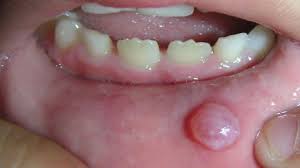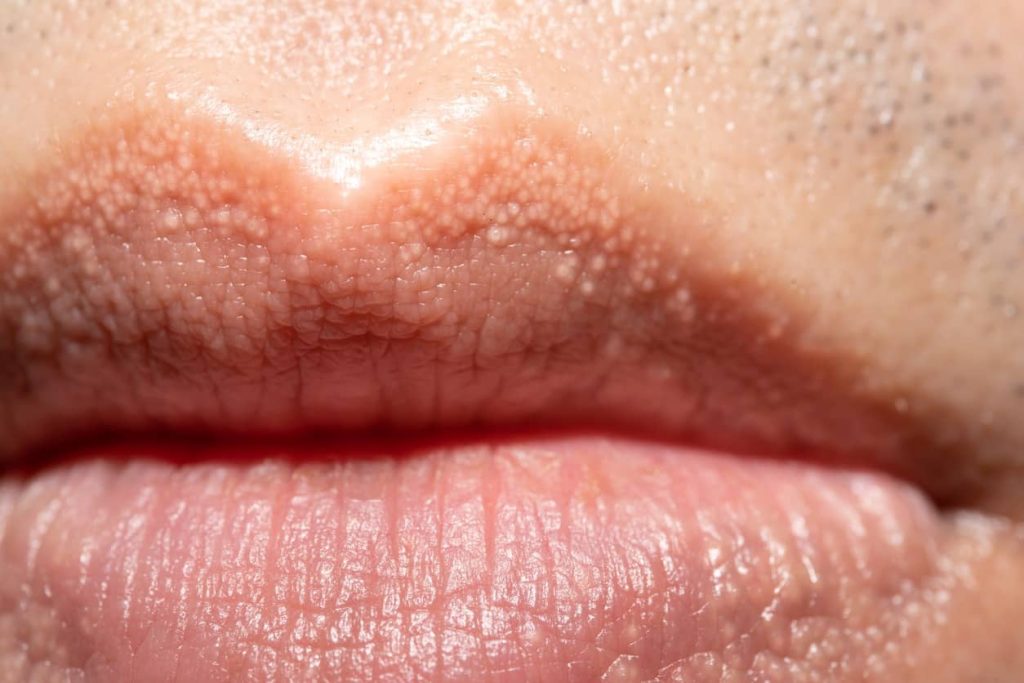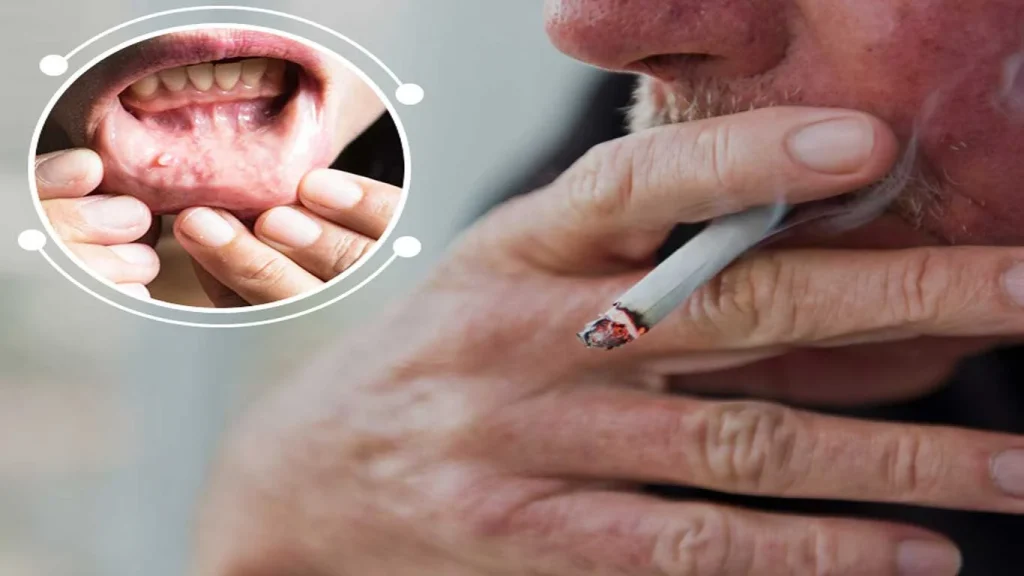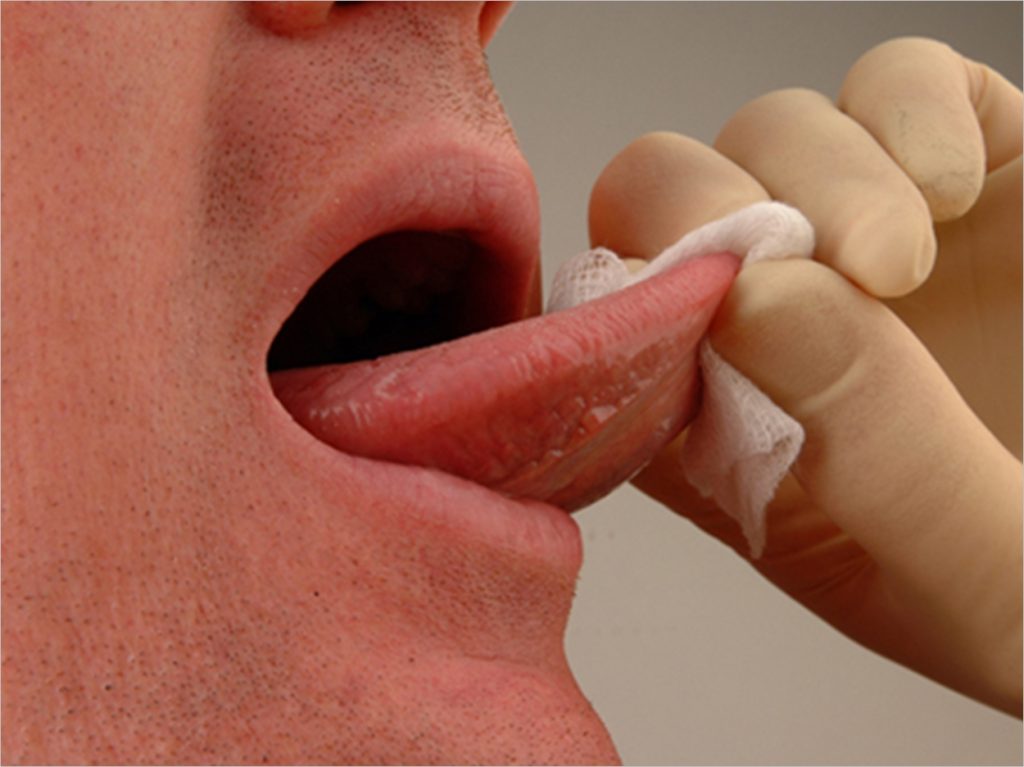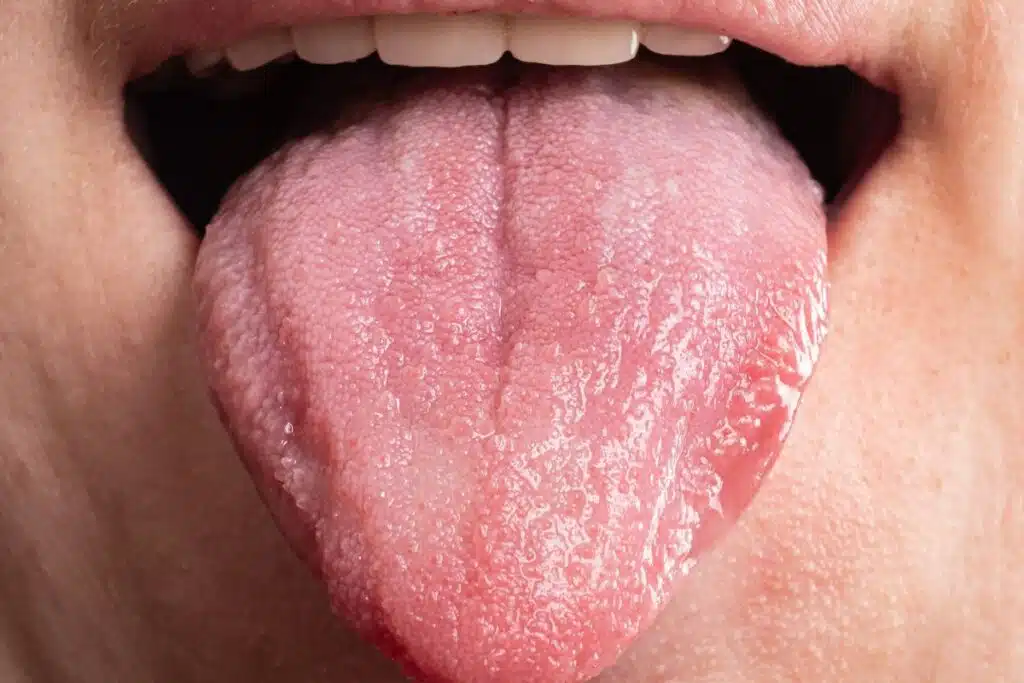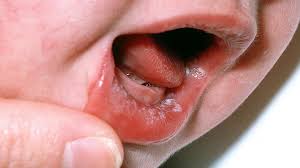Lip tie causing gap teeth
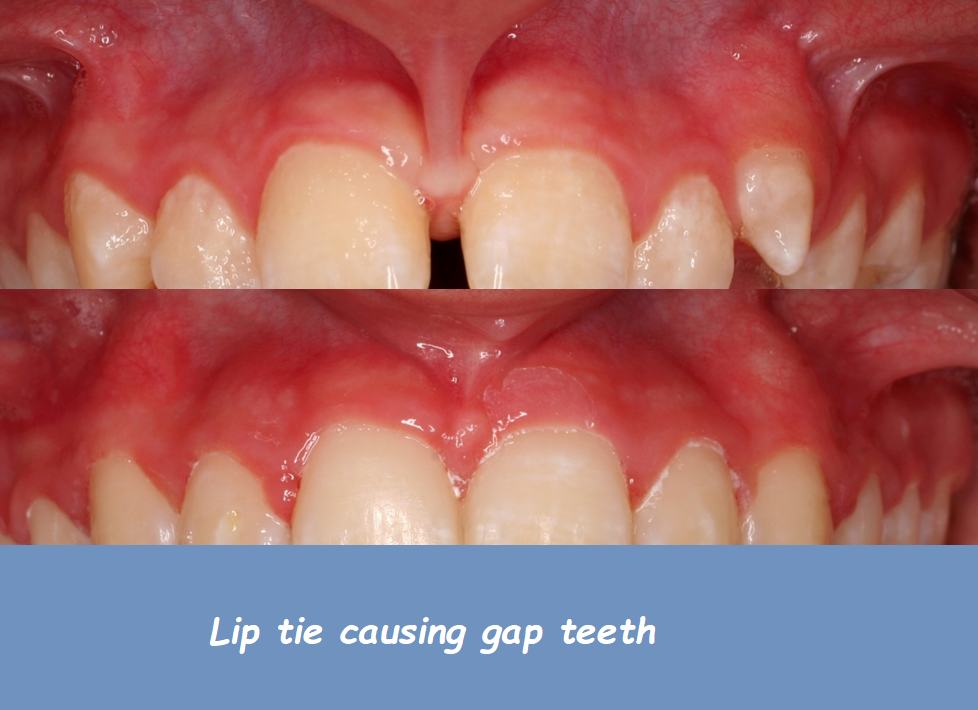
Lip Tie Causing Gap Teeth: Understanding the Connection and Treatment Options
A gap between the front teeth, known as a diastema, is a common dental concern that can affect both children and adults. While there are several potential causes of gap teeth, one often-overlooked factor is a lip tie. A lip tie occurs when the tissue connecting the upper lip to the gums, called the labial frenulum, is unusually thick, short, or tight. This condition can restrict lip movement and, in some cases, contribute to the development of a gap between the upper front teeth. If you’re concerned about a lip tie causing gap teeth, this comprehensive guide will help you understand the connection, potential consequences, and treatment options available.
What Is a Lip Tie?
A lip tie refers to an abnormal attachment of the upper lip to the gum tissue, which occurs due to a tight or restrictive labial frenulum. The labial frenulum is a small band of tissue that connects the inside of the upper lip to the gum just above the upper front teeth. In a normal situation, the frenulum is flexible and does not interfere with lip movement or oral function. However, when the frenulum is too tight, thick, or positioned too low on the gum line, it can cause a variety of issues, including difficulty breastfeeding in infants, speech problems, and dental concerns such as a gap between the front teeth.
Grades of Lip Tie
Lip ties are typically categorized into different grades based on their severity:
- Grade 1: The frenulum is thin and attaches normally to the base of the gums.
- Grade 2: The frenulum attaches slightly higher on the gums but is still relatively flexible.
- Grade 3: The frenulum is thick and attaches to the upper part of the gums, potentially causing restricted lip movement.
- Grade 4: The frenulum is very thick and attaches to the area between the front teeth, often causing significant restriction and a pronounced gap between the teeth.
How Does a Lip Tie Cause Gap Teeth?
A gap between the upper front teeth can occur for various reasons, including genetic factors, differences in tooth size, habits like thumb sucking, and certain dental conditions. In the case of a lip tie, the gap is usually caused by the following mechanisms:
1. Physical Barrier
- When the labial frenulum is abnormally thick or extends too far down between the front teeth, it can physically prevent the teeth from coming together, leading to a gap. This is because the frenulum acts as a barrier, pushing the teeth apart as they grow and preventing them from closing naturally.
2. Restricted Lip Movement
- A lip tie can restrict the movement of the upper lip, making it difficult for the lip to move freely and apply natural pressure on the teeth. This lack of pressure can contribute to the development of a gap between the front teeth, as the natural forces that help guide teeth into alignment are disrupted.
3. Interference with Normal Tooth Development
- In some cases, a severe lip tie can interfere with the normal development and eruption of the upper front teeth. This interference can cause the teeth to emerge in a way that creates or exacerbates a gap.
Identifying a Lip Tie: Signs and Symptoms
Identifying a lip tie, particularly in young children, can be challenging, but there are some signs and symptoms to look out for:
1. Gap Between the Front Teeth
- The most obvious sign of a lip tie-related gap is a noticeable space between the upper front teeth. This gap may persist even after the eruption of permanent teeth if the lip tie is not addressed.
2. Difficulty Breastfeeding
- In infants, a lip tie can cause problems with breastfeeding, such as difficulty latching, poor weight gain, and excessive gas due to swallowing air. These issues are often the first signs that prompt parents to seek evaluation for a lip tie.
3. Speech Difficulties
- A lip tie can sometimes affect speech development, particularly in children. The restricted lip movement can make it challenging to form certain sounds, leading to speech delays or difficulties.
4. Difficulty with Oral Hygiene
- A tight lip tie can make it difficult to properly clean the upper front teeth and gums, leading to an increased risk of cavities and gum disease. The limited lip movement may also make brushing and flossing uncomfortable.
5. Tension or Discomfort
- Children and adults with a lip tie may experience tension or discomfort in the upper lip area, particularly when trying to move the lip or open the mouth wide.
Diagnosis of Lip Tie
If you suspect that a lip tie is contributing to a gap between the front teeth or causing other issues, it’s important to seek a professional evaluation. A dentist, pediatric dentist, or an oral surgeon can assess the frenulum and determine whether a lip tie is present and how severe it is.
Evaluation Process:
- Visual Examination: The dentist will visually examine the upper lip and frenulum to check for signs of a lip tie. They may gently lift the upper lip to observe the attachment and assess the range of motion.
- Functional Assessment: The dentist may assess how the lip tie affects the function of the upper lip, including its impact on breastfeeding, speech, and oral hygiene.
- Dental Examination: The dentist will also evaluate the teeth and gums to see if the lip tie is contributing to a gap between the front teeth or other dental issues.
In some cases, additional diagnostic tools such as X-rays may be used to assess the impact of the lip tie on tooth alignment and development.
Treatment Options for Lip Tie and Gap Teeth
If a lip tie is diagnosed and is contributing to a gap between the front teeth or other issues, there are several treatment options available. The appropriate treatment will depend on the severity of the lip tie, the age of the patient, and the specific dental concerns involved.
1. Frenectomy (Lip Tie Surgery)
- A frenectomy is a minor surgical procedure that involves cutting or releasing the labial frenulum to alleviate the restriction caused by a lip tie. This procedure is commonly performed in infants, children, and adults to improve lip mobility, address breastfeeding difficulties, and reduce the gap between the front teeth.
Procedure:
- Infants and Young Children: In infants and young children, a frenectomy is typically performed using a laser or surgical scissors. The procedure is quick and usually takes only a few minutes. In most cases, local anesthesia or topical numbing gel is used to minimize discomfort. The recovery period is typically short, with minimal pain or complications.
- Older Children and Adults: In older children and adults, a frenectomy may be performed using a laser or traditional surgical techniques. The procedure may involve the use of local anesthesia, and stitches may be required to close the incision. Recovery time may be slightly longer, but most patients experience relief from symptoms within a few days to a week.
Benefits:
- Improves lip mobility and function.
- Can help close the gap between the front teeth, particularly if performed before the permanent teeth fully erupt.
- Alleviates breastfeeding difficulties in infants.
- Reduces the risk of oral hygiene problems and dental issues associated with a lip tie.
2. Orthodontic Treatment
- If a gap between the front teeth persists after a frenectomy or if a lip tie is not the primary cause of the gap, orthodontic treatment may be necessary to close the space. Orthodontic options include:
- Braces: Traditional braces can gradually move the teeth into alignment, closing the gap between the front teeth. Braces are often recommended for older children, teenagers, and adults.
- Invisalign: Invisalign is a popular alternative to traditional braces that uses clear aligners to gently shift teeth into place. Invisalign is often preferred by adults and older teens who want a more discreet orthodontic option.
- Space Maintainers or Palatal Expanders: In younger children, orthodontic appliances such as space maintainers or palatal expanders may be used to guide the growth and alignment of the teeth, preventing or reducing gaps.
3. Myofunctional Therapy
- Myofunctional therapy is a type of physical therapy that focuses on strengthening the muscles of the mouth, tongue, and face. This therapy can be beneficial for individuals with a lip tie, particularly if the lip tie has caused speech difficulties or issues with oral function. Myofunctional therapy may be used in conjunction with other treatments, such as a frenectomy or orthodontic care, to improve outcomes.
Benefits:
- Improves muscle coordination and function.
- Enhances the results of surgical and orthodontic treatments.
- Supports proper tongue posture and breathing patterns.
4. Monitoring and Natural Closure
- In some cases, particularly in young children, the gap between the front teeth may close naturally as the child grows and the permanent teeth erupt. If the lip tie is mild and not causing significant issues, the dentist may recommend monitoring the situation and waiting to see if the gap closes on its own.
Considerations:
- Regular dental check-ups are important to monitor tooth development and ensure that the gap is closing as expected.
- If the gap persists or worsens, further intervention may be needed.
Prevention and Early Intervention
Early detection and intervention can help prevent or minimize the impact of a lip tie on dental health. Here are some steps to take:
1. Early Dental Visits
- Schedule your child’s first dental visit by their first birthday or within six months of the first tooth erupting. Early dental visits allow the dentist to assess oral development, including the presence of a lip tie, and provide guidance on oral hygiene and preventive care.
2. Monitor Tooth Development
- Keep an eye on your child’s tooth development and watch for signs of a gap between the front teeth. If you notice a gap forming, especially in conjunction with a lip tie, consult your dentist for an evaluation.
3. Practice Good Oral Hygiene
- Encourage good oral hygiene habits from an early age to prevent cavities, gum disease, and other dental issues. Brushing, flossing, and regular dental check-ups are key to maintaining healthy teeth and gums.
4. Address Habits That Contribute to Gaps
- Habits like thumb sucking, prolonged use of pacifiers, or tongue thrusting can contribute to the development of gaps between the teeth. Work with your child’s dentist to address these habits early on and minimize their impact on dental alignment.
FAQs About Lip Tie and Gap Teeth
1. Can a lip tie cause other dental problems besides a gap between the teeth?
- Yes, a lip tie can contribute to other dental issues, including difficulty with oral hygiene, increased risk of cavities, gum recession, and speech difficulties. It’s important to address a lip tie if it is causing functional or dental problems.
2. Will the gap between my child’s teeth close on its own if they have a lip tie?
- In some cases, the gap may close naturally as your child grows and the permanent teeth erupt. However, if the lip tie is severe, it may prevent the gap from closing on its own. A dentist can evaluate the situation and recommend appropriate treatment.
3. Is lip tie surgery painful?
- Lip tie surgery (frenectomy) is generally a quick and minimally invasive procedure. In infants and young children, it is typically performed with local anesthesia or a numbing gel, resulting in minimal discomfort. Older children and adults may receive local anesthesia, and any post-operative discomfort is usually mild and short-lived.
4. Can a lip tie affect speech development?
- Yes, a lip tie can affect speech development by restricting the movement of the upper lip, making it difficult to form certain sounds. Speech therapy or myofunctional therapy may be recommended to address speech issues related to a lip tie.
5. How long does it take to recover from lip tie surgery?
- Recovery from lip tie surgery is usually quick. Most infants and young children recover within a few days to a week, with minimal discomfort. Older children and adults may take a little longer to heal, but the overall recovery time is generally short.
Conclusion: Addressing Lip Tie and Gap Teeth for Better Oral Health
A lip tie can contribute to the development of a gap between the front teeth, along with other dental and functional issues. Understanding the connection between lip tie and gap teeth is the first step in seeking appropriate treatment and ensuring optimal oral health. Whether through a simple frenectomy, orthodontic care, or a combination of treatments, addressing a lip tie early can help improve lip function, close gaps between the teeth, and prevent further dental problems.
If you suspect that a lip tie is causing a gap between your child’s teeth or affecting their oral health, consult with a dentist or oral surgeon for a thorough evaluation and personalized treatment plan. Early intervention and proper care can lead to a healthy, confident smile for years to come.

